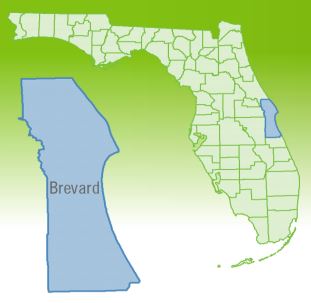Four Ways to Reduce Your Water Footprint
The U.S. Environmental Protection Agency (EPA) reports that the average American family uses 300 gallons of water each day for everything from brushing their teeth and washing clothes to running the sprinkler and flushing the toilet.
(BPT) – The U.S. Environmental Protection Agency (EPA) reports that the average American family uses 300 gallons of water each day for everything from brushing their teeth and washing clothes to running the sprinkler and flushing the toilet. But what about other uses for water?
‘Invisible’ or ‘virtual’ water is hidden in the things you eat, products you use and clothes you wear. According to the Value of Water Coalition, 86 percent of all water used is invisible to most consumers because it's used to produce food, beverages and products. One T-shirt, for example, requires 700 gallons of water to manufacture; one car uses 40,000. Growing a single apple requires 19 gallons of water.
"As consumers, we need to focus on the water we can't see to make an even bigger impact in helping the environment, saving money and conserving the world's most precious resource," says Roman Lis, a principal engineer at MWH Global. "The good news is there are simple steps we can take, starting where we live and work.”
MWH Global recommends these four tips to reduce your invisible water consumption:
1. Add up your daily habits. Find out how much water - real and invisible - you use each day as a starting point to determine the best steps to consider in reducing your consumption. You can log your daily habits into the Water Footprint Calculator at www.waterfootprint.org. Choose the extended water calculator, which tallies the water you use at home and the water that's in the food you eat and products you buy.
2. Make simple switches. Consider substituting products that use more water with others that have a smaller water footprint. For example, drink more tap or filtered water instead of buying bottled water. Find favorite recipes that replace or use less meat. (It takes 1,230 gallons of water to yield one beef steak.) Buy more clothes with artificial fibers instead of cotton which is made with more water.
3. Use water-efficient appliances. Toilets, dishwashers and washing machines use a significant portion of a household's visible water consumption. When it's time to replace an appliance, do your research. Find out the amount of water an appliance uses from the manufacturer's data and compare various products to identify the ones that have the lowest water consumption. Replacing an old toilet, for example, can reduce the toilet's water consumption by 20 to 60 percent.
4. Choose more sustainable products and practices. It's not always easy to know the water footprint of your favorite products since there aren't any labeling requirements. However, some product labels or websites may note the company's sustainable practices, including water, for acquiring, producing and distributing goods. Try to select products you trust as being made in more environmentally and water-friendly ways. Look for companies that have high sustainability ratings.
Reprinted with permission from RISMedia. ©2014. All rights reserved.






